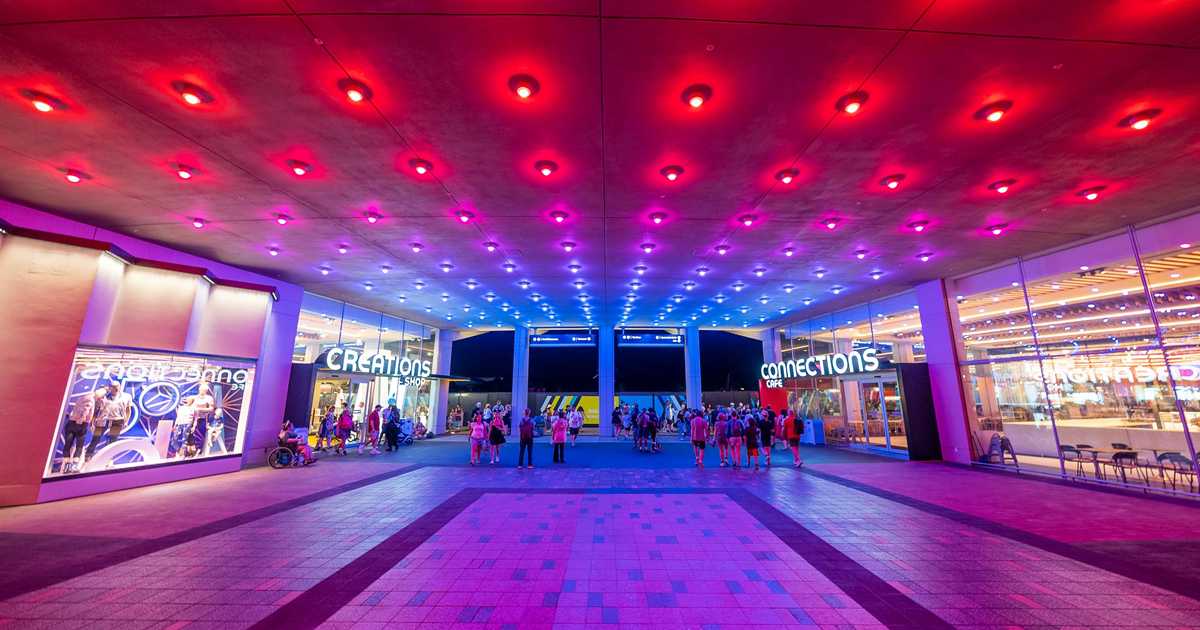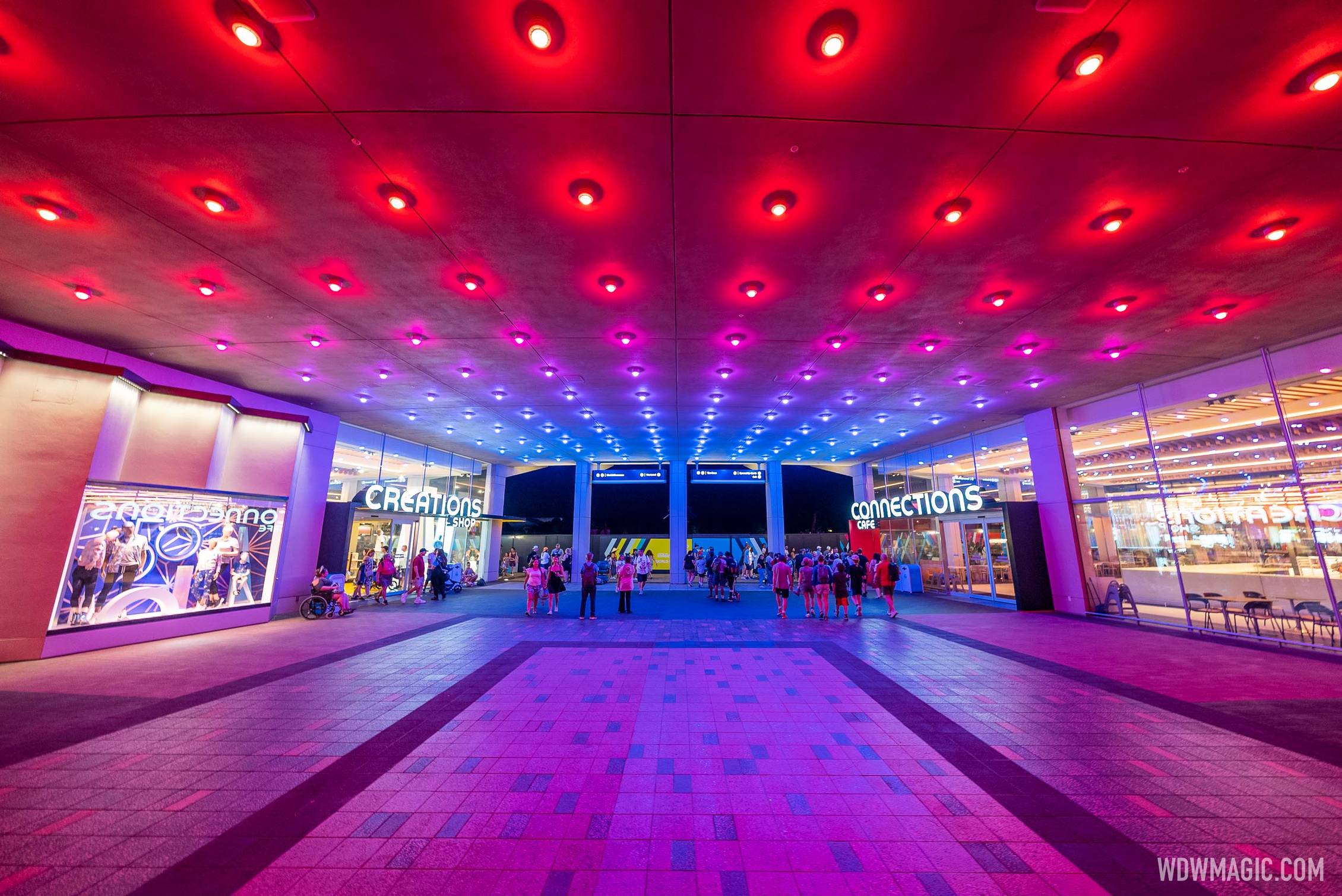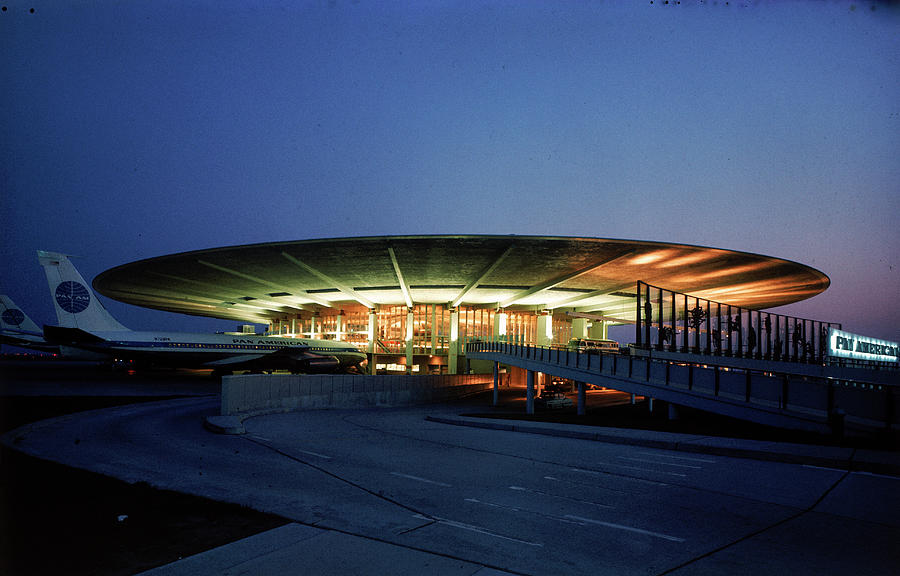What everyone forgets with these "food court" and "Airport" critiques is that EPCOT Center, the Contemporary and Tomorrowland damn near created the sleek and modern design style. Only recently have architectural designers picked up on how effective the style is, which reflects in many new spaces these days. So EPCOT doesn't feel like any other modern place, these new modern places felt like the EPCOT we've all forgotten.
Disney did not "damn near create the sleek and modern design style," and to say such is either a complete misread of architectural history or willfully disingenuous. Off the top of my head, here are some well-known structures that fit the mold, built long before Disney's facsimiles in their parks:
1949, Glass House, Philip Johnson
1951, Farnsworth House, Ludwig Mies van der Rohe
1931, Villa Savoye, Le Corbusier
1949, Googie's Coffee Shop, John Lautner
1960, Pan Am Worldport at Idlewild airport (later known as Terminal 3 at JFK), Turano & Gardner
As with nearly everything in the parks, Disney's forward-looking architecture was inspired by other (non-Disney) architecture. This gives the spaces a basis in reality, a visual framework that will be familiar enough to the park guests that they'll quickly recognize and understand the meaning of the buildings.
Googie's Coffee Shop was the namesake of the Googie architectural movement, which is closely associated with midcentury coffee shops, car washes, and bowling alleys; it also heavily influenced the 1967 & 1971 Tomorrowlands, even though tailfins on cars and buildings alike had grown passé by that point. The Communicore buildings can similarly trace their heritage to the pilotis of buildings like Villa Savoye and the glass walls of Glass House and Farnsworth; the round skylight shapes can find influence from Villa Savoye and Farnsworth, and the sweeping overhangs recon back to the Worldport (which, in turn, found influence in Berlin's Tempelhof airport, built in 1934).
If guests had no frame of reference for what a particular structure (say, a European castle or Japanese pagoda) was meant to evoke, the structure in the park would be pointless, as a guest wouldn't know what they're looking at. In order for guests to understand how to interact with a structure, they must have a basic framework of the building typologies used in the park; this works on a macro level (knowing whether a building is a major attraction or a snack bar) as well as a micro one (knowing how to find the building entrance). This long-standing design principle applies to forward-looking buildings just as well as backward-looking ones.
One notable difference between Disney and the outside world is that Disney's buildings tend to stay more "locked" into their design with minimal alterations over time. Where a coffee shop or bowling alley might get renovated every few years to keep up with current trends and tastes, a themed building is meant to evoke a specific era and therefore is less likely to be dramatically altered as the years pass (though contemporary trends influence nearly all aspects of themed design to some degree). The changes to a building in Main Street or Tomorrowland over time are typically far less dramatic than a similar building in the real world. Much like fireworks, steampunk, or animation, Disney did not create the "sleek and modern design style;" they're simply a prominent and accessible example of the style to general audiences in 2022.
You mean PR things like "the most magical place on earth!"?
Or all those commercials showing that going to WDW will be a child's most cherished memory... ever.
Are commercials for a park supposed to make you cry?
When has Disney ever presented a new attraction as simply satisfactory (even tho, that's all it was)?
Over the top PR is a Disney staple.
Over the top PR may be a Disney staple, but have we ever seen so much (digital) ink spilled over the nuts and bolts of a quick-service eatery? Especially when it's not even the park's top-5 most interestingly designed quick-service restaurants?
Disney has made countless mistakes with the Epcot overhaul, but one of the biggest problems is the constant whittling down of the project's scope. As a result, things like Connections and Journey of Water are being thrust into a spotlight they were never intended for. If the park were a restaurant, this would be equivalent to trying to pass of an appetizer or dessert as the main course.
They're pleasant enough diversions on their own, but Disney is hyping them up as though they're headliners, which they most certainly are not. And given the level of investment (financial, time, and operational impact) that the park overhaul project has had, it's unlikely that it will receive the much-needed substance to resolve its underlying issues any time soon.










